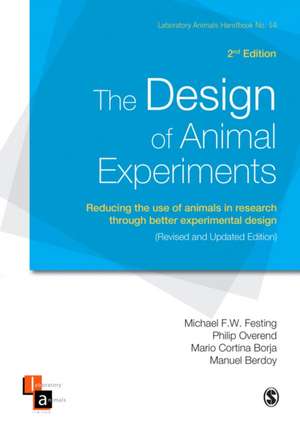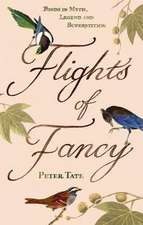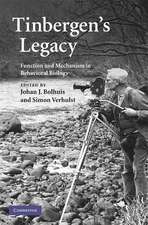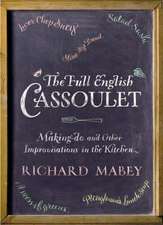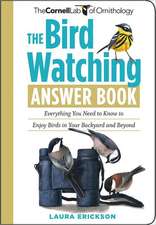The Design of Animal Experiments: Reducing the use of animals in research through better experimental design: Laboratory Animal Handbooks
Editat de Michael Festing, Philip Overend, Mario Cortina Borja, Manuel Berdoyen Limba Engleză Paperback – 23 mai 2016
The Design of Animal Experiments is intended for all research scientists who use laboratory animals, with the aim of helping them to design their own experiments more effectively and/or to improve their ability to communicate with professional statisticians when necessary. It covers all randomised controlled experimental designs likely to be needed in laboratory animal research, with worked examples showing how they can be statistically analysed. It suggests the more widespread use of randomised block designs and shows how both males and females can be included in an experiment without the need to increase the total number of animals by using factorial designs. It also includes guidance on the choice of experimental animals. The book covers the learning outcomes of Module 10 and part (ii) of Module 11 of education and training under Directive 2010/63/EU.
Preț: 154.26 lei
Nou
Puncte Express: 231
Preț estimativ în valută:
29.52€ • 31.56$ • 24.61£
29.52€ • 31.56$ • 24.61£
Carte disponibilă
Livrare economică 28 martie-11 aprilie
Livrare express 13-19 martie pentru 20.24 lei
Preluare comenzi: 021 569.72.76
Specificații
ISBN-13: 9781473974630
ISBN-10: 1473974631
Pagini: 144
Dimensiuni: 170 x 242 x 11 mm
Greutate: 0.25 kg
Ediția:Second Edition
Editura: SAGE Publications
Colecția Sage Publications Ltd
Seria Laboratory Animal Handbooks
Locul publicării:London, United Kingdom
ISBN-10: 1473974631
Pagini: 144
Dimensiuni: 170 x 242 x 11 mm
Greutate: 0.25 kg
Ediția:Second Edition
Editura: SAGE Publications
Colecția Sage Publications Ltd
Seria Laboratory Animal Handbooks
Locul publicării:London, United Kingdom
Cuprins
Introduction and basic principles
Choice of animals and their husbandry
Understanding and controlling variability
The analysis of variance
Completely randomised (CR) single factor design
Factorial experiments
Randomised block (RB) designs
Split plots, Latin squares, covariance and other techniques.
Counts and proportions
Regression and correlation
The determination of sample size
Seventeen steps in designing a randomised controlled animal experiment
Concluding remarks
Appendix 1. R and R Commander
Appendix 2. Further reading
Appendix 3. Learning outcomes for module 10 and part (ii) of Module 11 of the Education and training framework directive 2010/63/EU
References
Index
Choice of animals and their husbandry
Understanding and controlling variability
The analysis of variance
Completely randomised (CR) single factor design
Factorial experiments
Randomised block (RB) designs
Split plots, Latin squares, covariance and other techniques.
Counts and proportions
Regression and correlation
The determination of sample size
Seventeen steps in designing a randomised controlled animal experiment
Concluding remarks
Appendix 1. R and R Commander
Appendix 2. Further reading
Appendix 3. Learning outcomes for module 10 and part (ii) of Module 11 of the Education and training framework directive 2010/63/EU
References
Index
